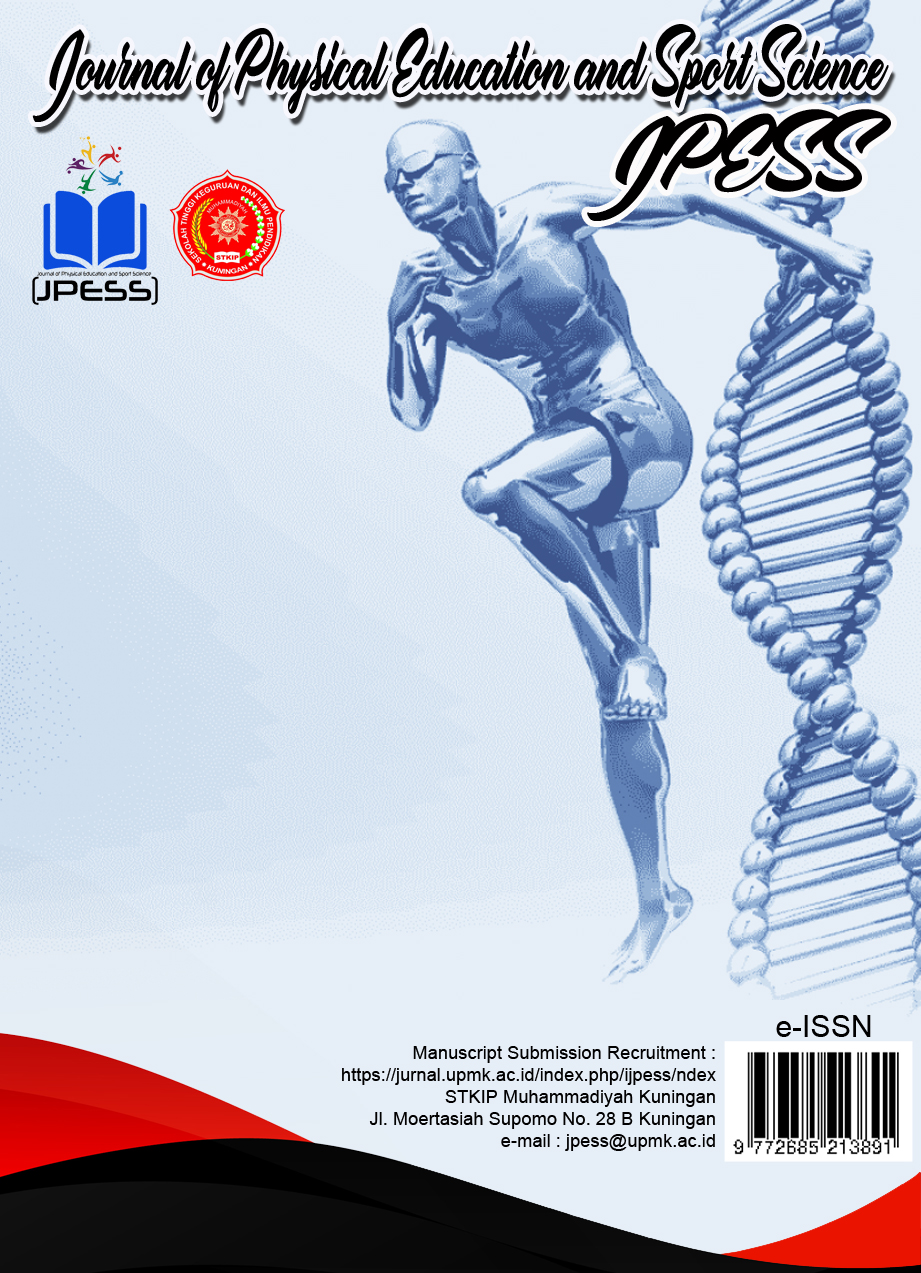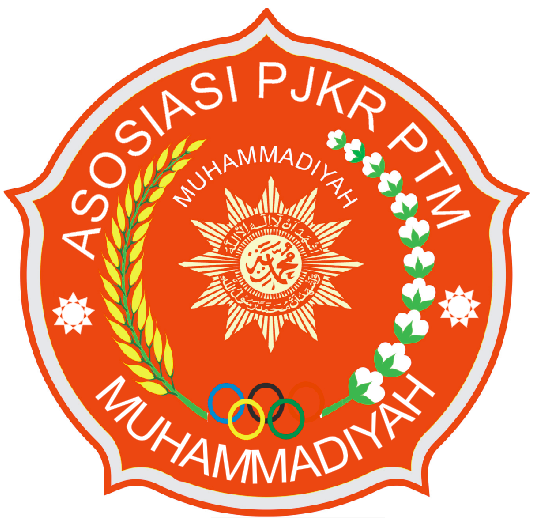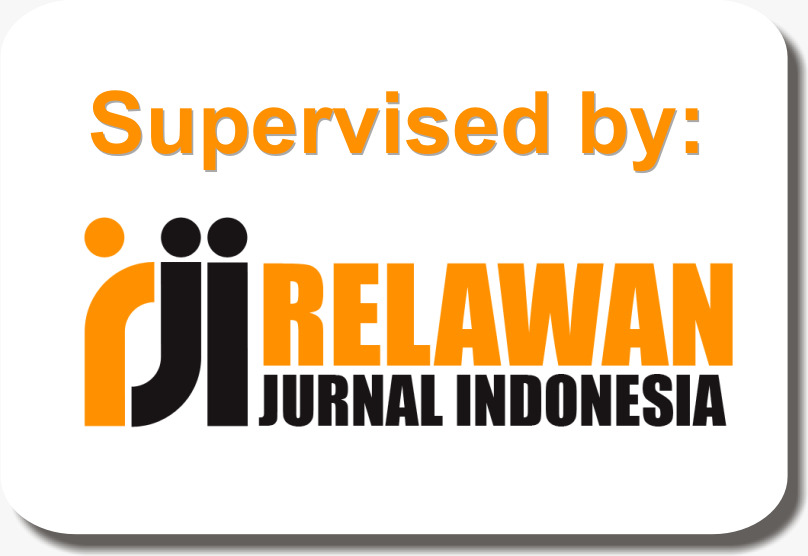PENGARUH METODE BERMAIN TERHADAP KEMAPUAN GERAK LOKOMOTOR DALAM PEMBELAJARAN PENDIDIKAN JASMANI ADAPTIF PADA ANAK TUNAGRAHITA SEDANG DI SLB AR-RAHMAN KABUPATEN KUNINGAN
indonesia
Abstract
The aim of this research is to determine the influence. Play Methods on Locomotor Movement Ability in Adaptive Physical Education Learning in Moderately Intellectually Impaired Children at Ar-Rahman Special School, Kuningan Regency. This research is quantitative research with the method used, namely the experimental method. In this research, the researcher used a quantitative type of research using a pre-experimental research design or one group pre-test and post-test design. The data collection technique in this research uses observation techniques to observe the level of locomotor movement abilities of children with moderate mental retardation in the form of a list of observation guidelines in the form of a check list, documentation in the form of pictures taken in real situations which function to record important activities during the research, and test instruments to find out gross motor skills of moderately mentally retarded children. The instrument in this study used a locomotor ability test. The sample for this research was 8 people using purposive sampling technique. The data analysis techniques in this research are normality test, homogeneity test, and hypothesis test. Based on the analysis of the paired sample tests carried out, it can be seen that there is a significant influence of the playing method on the locomotor ability of children with moderate mental retardation with the calculated t value being greater than the t table value (4.583>2.2250) and the sig value. (2-tailed) 0.003 is smaller than the basic decision making formula of 0.05 (0.003 < 0.05), so it can be seen that there is a significant influence.
Downloads
Copyright (c) 2024 Aulia Nabila Nur Sistiana, Ramdhani Rahman

This work is licensed under a Creative Commons Attribution-ShareAlike 4.0 International License.










